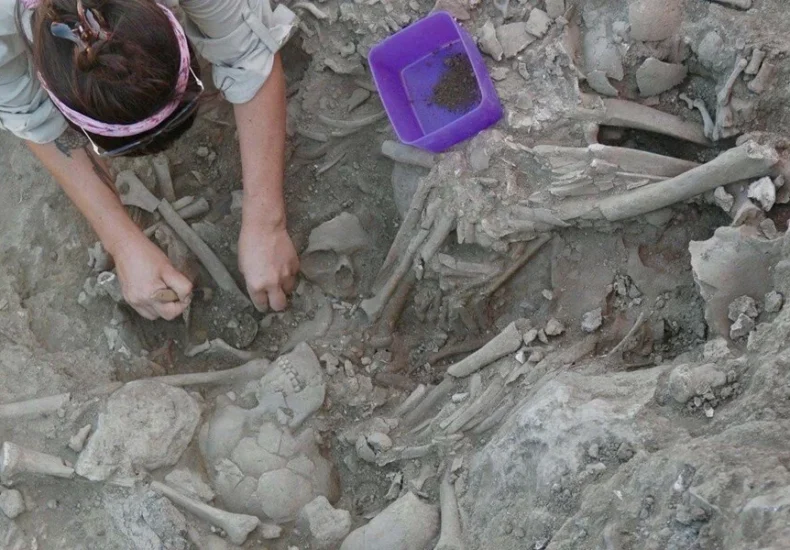
Gökçeada: Home to the Earliest Agricultural Village in the Aegean Islands
Archaeological excavations on Türkiye’s Gökçeada (Imbros) have revealed the earliest known agricultural and livestock-based village settlement among the Aegean Islands. The Uğurlu-Zeytinlik mound, located on the island’s western coast, has been under systematic excavation for 15 years under the direction of Prof. Dr. Burçin Erdoğu from Akdeniz University, with the support of the Turkish Ministry of Culture and Tourism.
This settlement represents a key milestone in the development of early farming communities in the Aegean. Dating back to as early as 6800 BCE, the site contains six cultural layers that provide a detailed timeline of the region’s transition from the Pre-Pottery Neolithic to the Chalcolithic period.
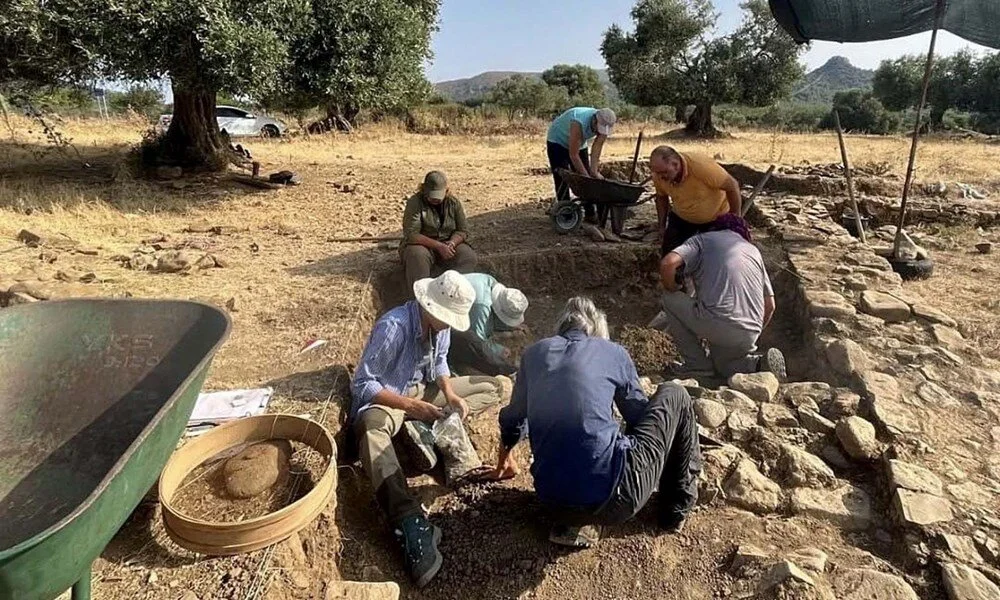
A Turning Point in Aegean Archaeology
The findings at Uğurlu-Zeytinlik include some of the earliest examples of pottery, metallurgy, and monumental architecture among the Aegean islands. These discoveries suggest that Gökçeada was not only inhabited early but was also a center for innovation, craft, and early urbanization.
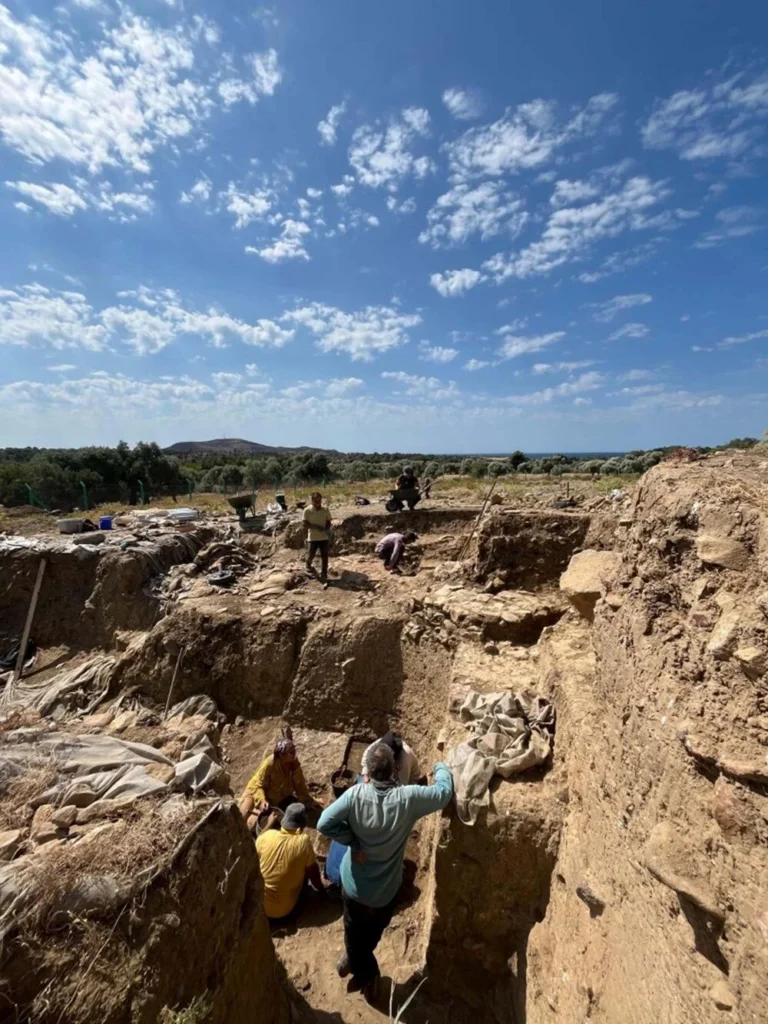
The third cultural layer (5500–4900 BCE) offers the earliest evidence of organized urban life in the Aegean islands. The final cultural layer, dating to 4500–4300 BCE, further supports the site’s continuous and advanced occupation.
📣 Our WhatsApp channel is now LIVE! Stay up-to-date with the latest news and updates, just click here to follow us on WhatsApp and never miss a thing!!
A Key Link Between Anatolia, the Balkans, and the Aegean
As the oldest known Neolithic settlement in the eastern Aegean, Uğurlu-Zeytinlik holds a unique position. It provides vital information about how Neolithic lifeways spread into Europe and the interactions between Anatolia, the Aegean, and the Balkans.
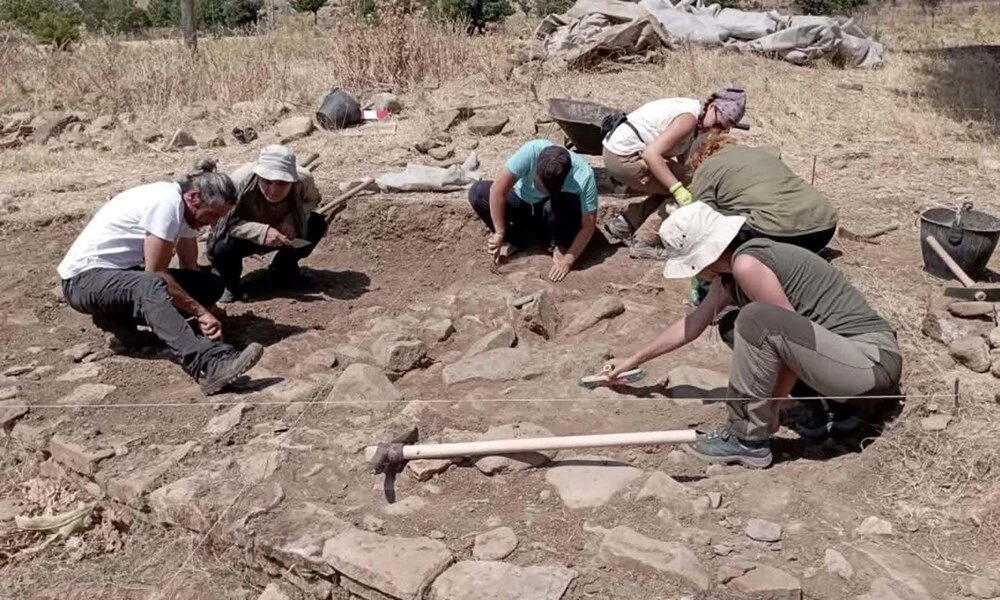
Excavations are ongoing, and the site is expected to become a cornerstone for understanding the early phases of settlement, craft, and social complexity in the prehistoric Aegean world.
Cover Photo: An archaeologist carefully excavating a Neolithic-era burial structure at the Uğurlu-Zeytinlik mound on Gökçeada, Turkey’s largest Aegean island. Image Credit: IHA
You may also like
- A 1700-year-old statue of Pan unearthed during the excavations at Polyeuktos in İstanbul
- The granary was found in the ancient city of Sebaste, founded by the first Roman emperor Augustus
- Donalar Kale Kapı Rock Tomb or Donalar Rock Tomb
- Theater emerges as works continue in ancient city of Perinthos
- Urartian King Argishti’s bronze shield revealed the name of an unknown country
- The religious center of Lycia, the ancient city of Letoon
- Who were the Luwians?
- A new study brings a fresh perspective on the Anatolian origin of the Indo-European languages
- Perhaps the oldest thermal treatment center in the world, which has been in continuous use for 2000 years -Basilica Therma Roman Bath or King’s Daughter-
- The largest synagogue of the ancient world, located in the ancient city of Sardis, is being restored

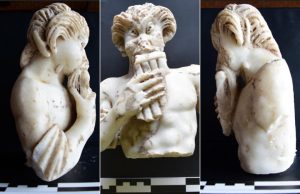
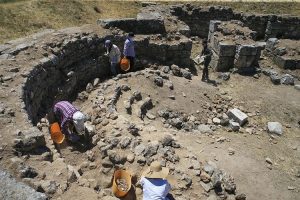
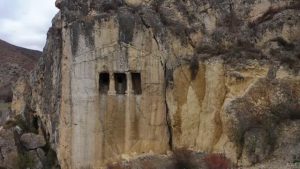
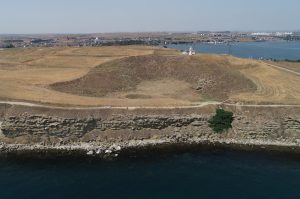
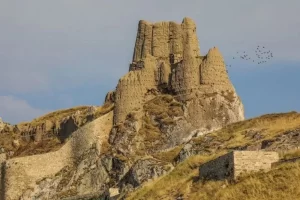
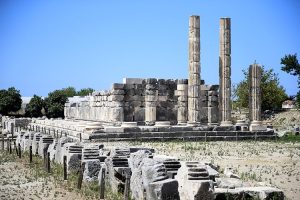
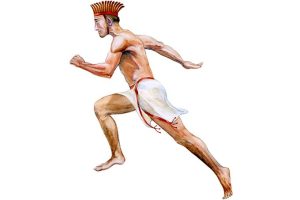

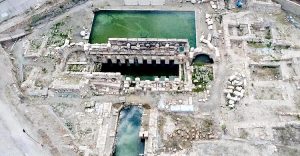
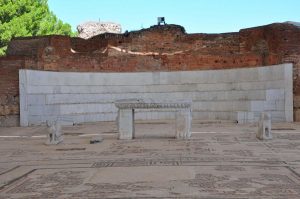
Leave a Reply